Plants and Gardening - Gardening Advice & Tips
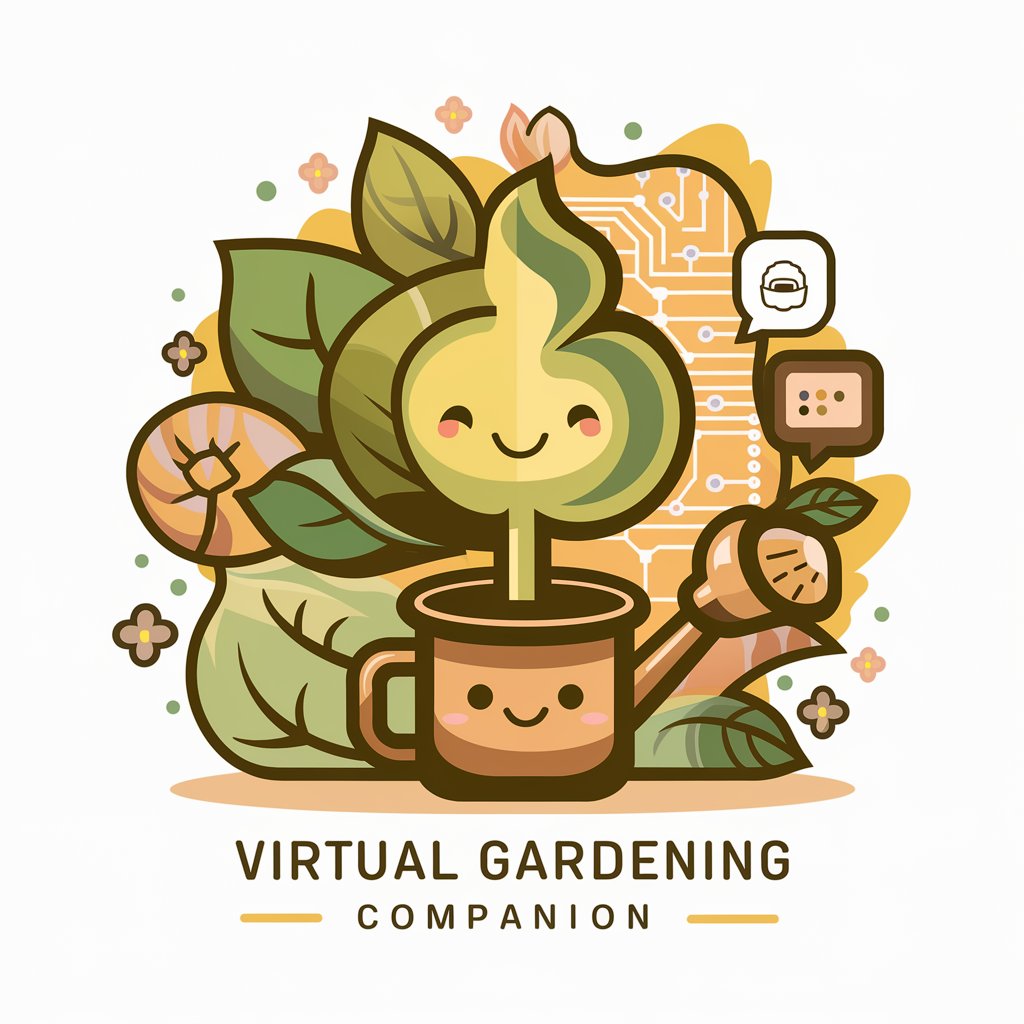
Hi there! How can I help you with your gardening today?
Cultivating growth with AI-powered gardening insights.
How can I improve the health of my indoor plants?
What are some tips for starting a vegetable garden?
Can you help me identify this plant pest?
What are the best low-maintenance plants for a busy lifestyle?
Get Embed Code
Introduction to Plants and Gardening
Plants and Gardening is a virtual gardening companion designed to provide comprehensive advice, ideas, and knowledge related to all aspects of gardening and plant care. This service is tailored to assist gardeners of all skill levels, from novices to experts, by offering detailed guidance on various gardening topics such as plant selection, care techniques, garden planning, pest control, and the environmental benefits of gardening. For example, if a user is planning to start a vegetable garden, Plants and Gardening can offer advice on choosing the right location, selecting plants suitable for the area's climate, and tips for soil preparation and pest management. Similarly, for an experienced gardener looking to tackle a specific pest problem, detailed advice on organic pest control methods and preventive measures can be provided. The goal is to promote a positive gardening experience through supportive and environmentally friendly advice. Powered by ChatGPT-4o。

Main Functions of Plants and Gardening
Plant Care Advice
Example
Providing watering, feeding, and pruning guidelines for various plant species.
Scenario
A user has just acquired a fiddle leaf fig and is unsure how to care for it. Plants and Gardening would offer detailed advice on optimal lighting conditions, watering frequency, and how to identify and address common issues such as leaf drop or brown spots.
Garden Planning Support
Example
Assisting in the design and planning of gardens, including plant selection and layout strategies.
Scenario
A user wants to create a pollinator-friendly garden. Plants and Gardening would suggest a variety of native flowering plants that attract bees and butterflies, provide guidance on plant placement for maximum visual appeal and ecological benefit, and offer tips on creating a sustainable garden environment.
Pest and Disease Management
Example
Offering organic and chemical pest control solutions and disease prevention tips.
Scenario
A user is struggling with aphids on their roses. Plants and Gardening would provide a range of solutions from homemade organic sprays to recommending specific insecticidal soaps, along with advice on preventive care to avoid future infestations.
Environmental Benefits Education
Example
Educating users on the environmental impact of gardening practices.
Scenario
A user is interested in sustainable gardening. Plants and Gardening would explain the importance of composting, the benefits of using native plants, and how to implement water-saving techniques in the garden.
Ideal Users of Plants and Gardening Services
Novice Gardeners
Individuals new to gardening or with limited experience will find the service invaluable for learning basic gardening skills, understanding the needs of different plants, and getting started with their own gardens. The service can demystify the process of gardening, providing step-by-step guidance and building confidence.
Experienced Gardeners
Those with gardening experience can benefit from advanced tips, troubleshooting advice, and new ideas for garden projects. Whether it's exploring new plant species, dealing with specific pest problems, or seeking inspiration for garden design, Plants and Gardening offers resources to expand their knowledge and enhance their gardening practices.
Environmental Enthusiasts
Users passionate about sustainability and the environmental impact of gardening practices will find useful information on creating eco-friendly gardens. This includes advice on composting, using water efficiently, and selecting plants that contribute to the health of the local ecosystem.
Educators and Students
Teachers looking to incorporate gardening into their curriculum and students studying horticulture or environmental science can use Plants and Gardening as a resource for learning about plant biology, the science of gardening, and the environmental benefits of plant cultivation.

How to Use Plants and Gardening
Start Your Journey
Begin by accessing yeschat.ai for a hassle-free trial that requires no login or subscription to ChatGPT Plus, ensuring easy and immediate access.
Identify Your Needs
Consider what you're looking to achieve with your garden or plants. Whether it's identifying a plant, tackling a pest problem, or designing your garden layout, having a clear goal will help you ask more specific questions.
Ask Detailed Questions
Provide as much detail as possible about your gardening issue or inquiry. The more context you give, the more tailored and effective the advice will be.
Apply the Advice
Implement the recommendations provided. Remember, gardening is often about trial and error, so patience and persistence are key.
Follow Up
If you encounter new challenges or have additional questions as you go, feel free to come back for more advice. Continuous learning is part of the gardening journey.
Try other advanced and practical GPTs
Plants
Nurture with Nature: AI-Powered Plant Care

SEO Sharp
Optimize Content with AI-Powered SEO

Senior CSS Guru
Elevate Your CSS with AI-Powered Expertise

Rewrite and give the HTML back
Simplify content, enhance with AI, get HTML.

Dictionary
Explore Words with AI-Powered Insights

Penny Pinching Traveler
Unlock Adventures on a Budget with AI
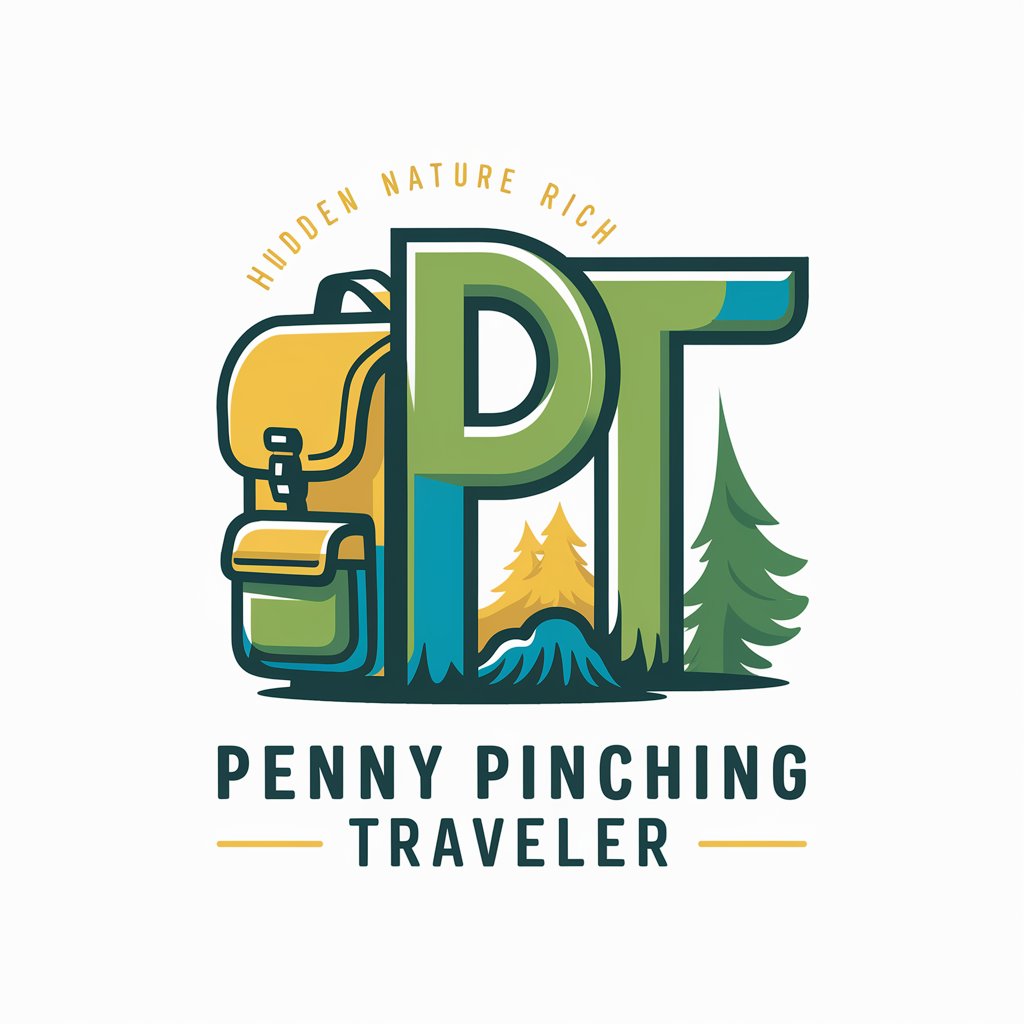
Juniper
Discover the World of Juniper with AI

Rare Plants
Cultivate the uncommon with AI guidance.
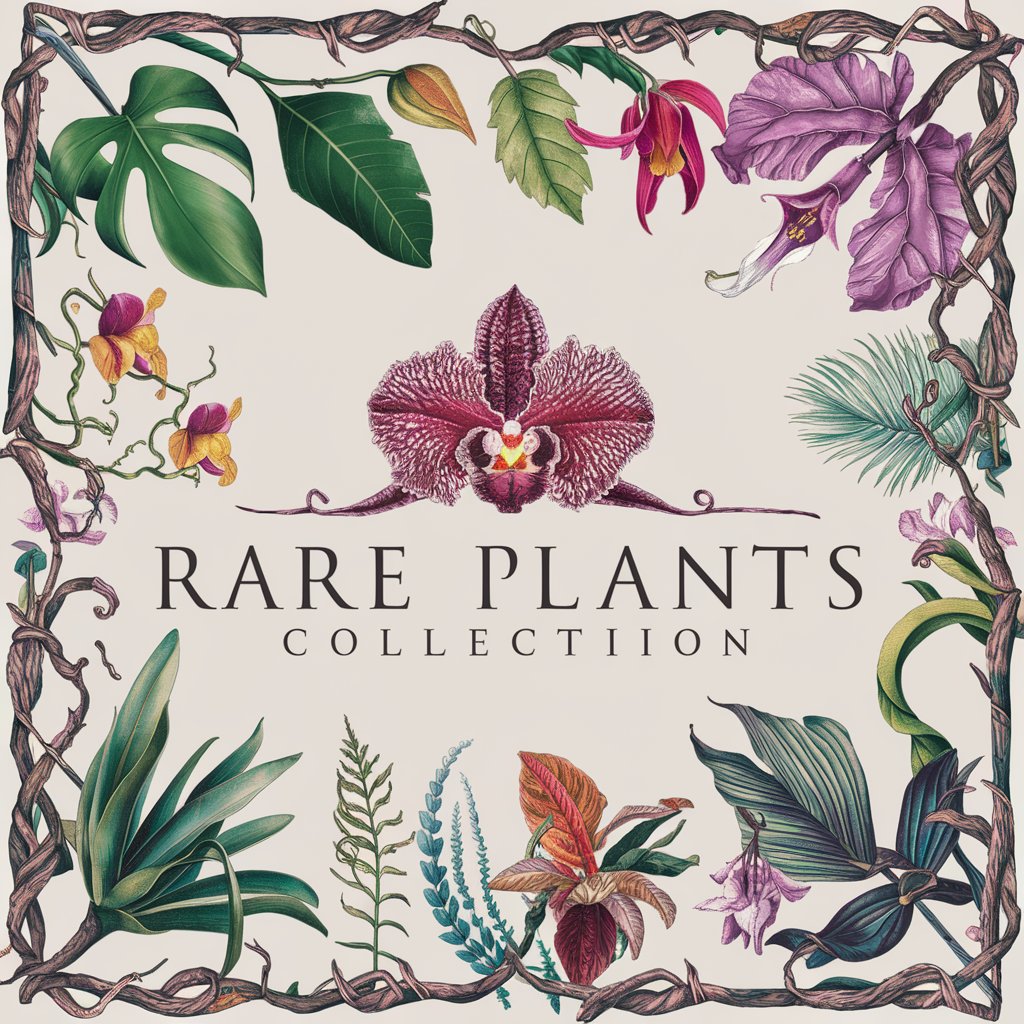
Tropical Plants
Nurture with Nature: AI-Powered Tropical Plant Care
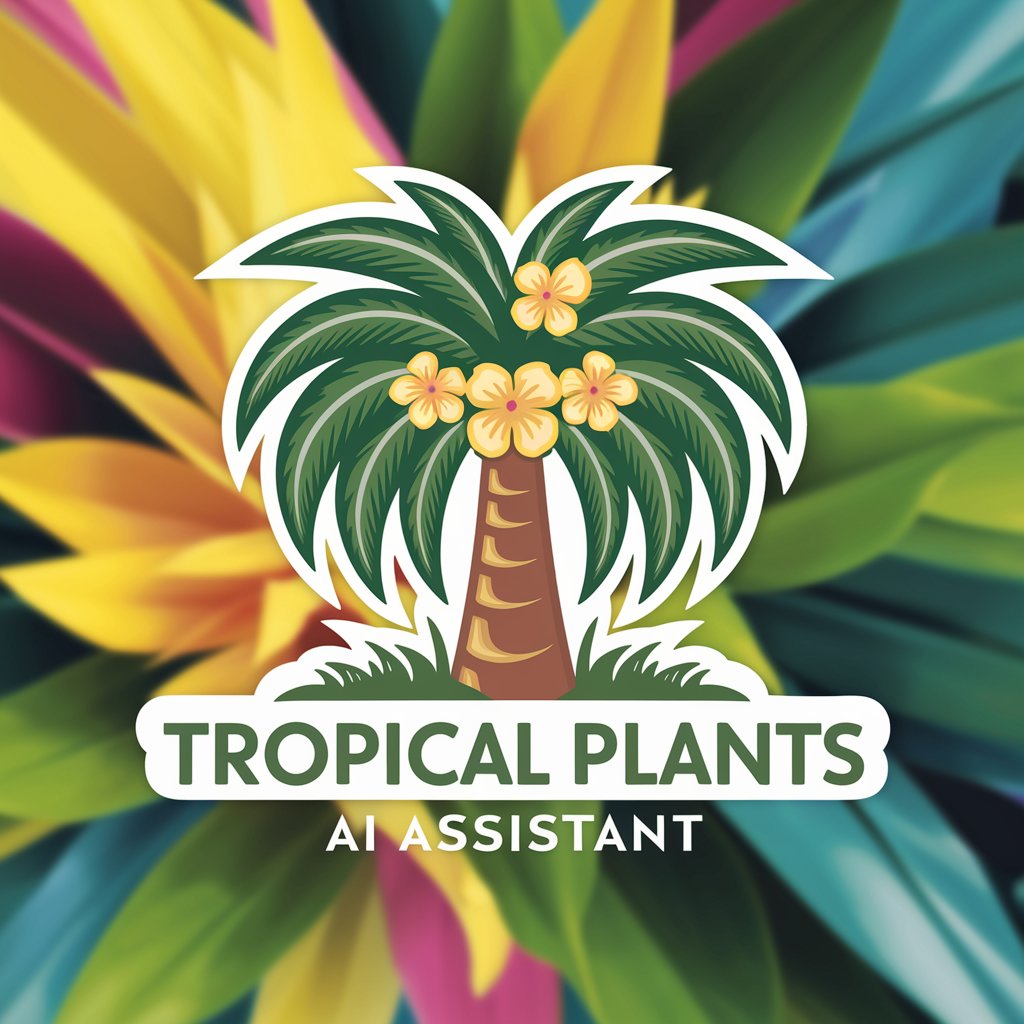
Dessert Plants
Nurturing Nature's Resilience with AI
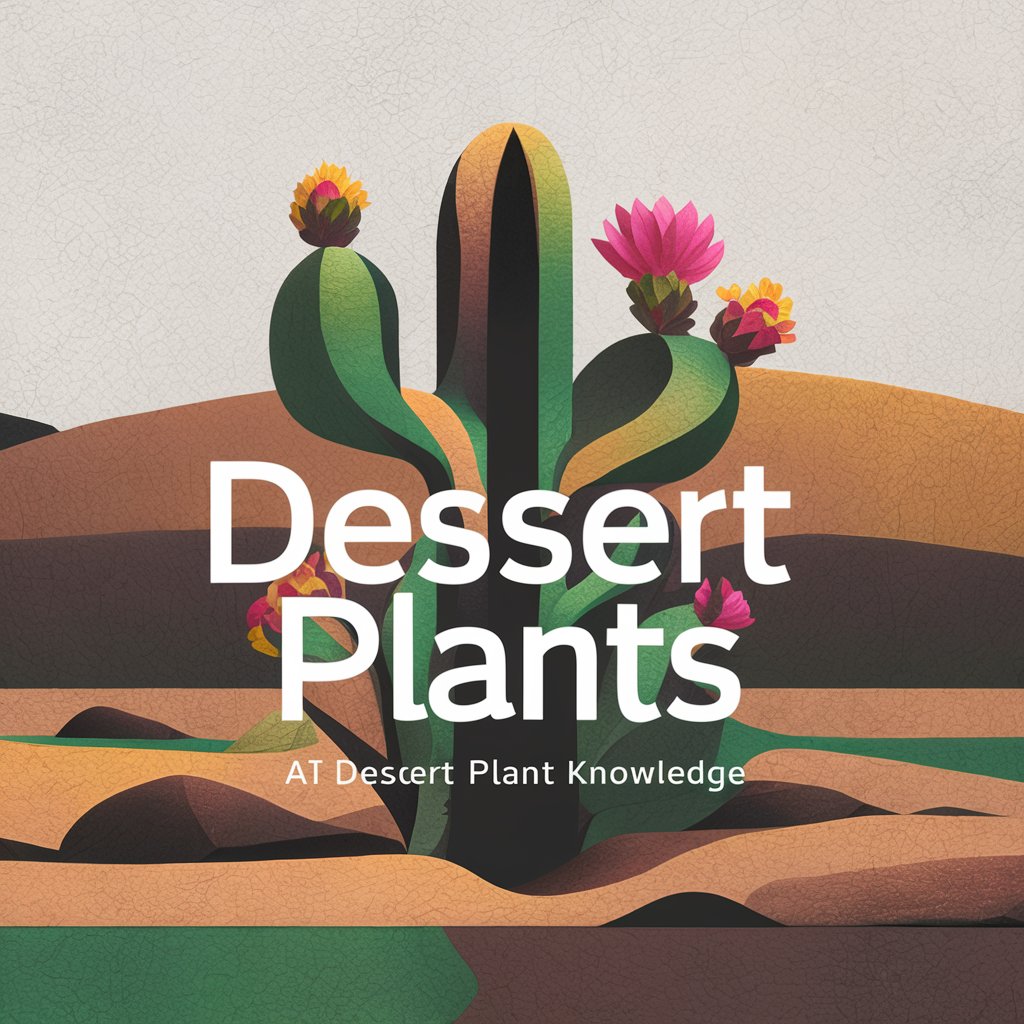
Native
Unveil the native world with AI.

SynthGPT
Crafting Future Data, Today.

Frequently Asked Questions about Plants and Gardening
How can I identify a plant I found in my garden?
You can describe the plant's characteristics, such as leaf shape, color, and any flowers or fruit it might have. Photos can also help, though this service is text-based. I'll use the information to narrow down the possibilities and identify your plant.
What are some organic methods to deal with garden pests?
Organic pest control focuses on natural remedies and preventive measures, such as introducing beneficial insects, using neem oil or insecticidal soap, and implementing companion planting to deter pests. It's important to identify the pest correctly to choose the most effective treatment.
Can you recommend plants that thrive in shady areas?
Certainly! For shady areas, consider ferns, hostas, and astilbes for foliage and texture. For color, impatiens, begonias, and foxgloves are excellent choices. These plants prefer indirect light and can add variety to shaded parts of your garden.
How should I prepare my soil for planting?
Soil preparation is crucial for healthy plants. Start by removing weeds and debris. Test the soil pH and amend it accordingly with lime or sulfur to achieve the desired pH level. Incorporate organic matter, such as compost or aged manure, to improve soil fertility and structure.
What is companion planting and how can it benefit my garden?
Companion planting involves strategically placing plants together to benefit each other by deterring pests, improving soil health, and enhancing growth. For example, planting marigolds near tomatoes can repel nematodes and other pests, while beans planted with corn can provide natural support for the beans to climb.
